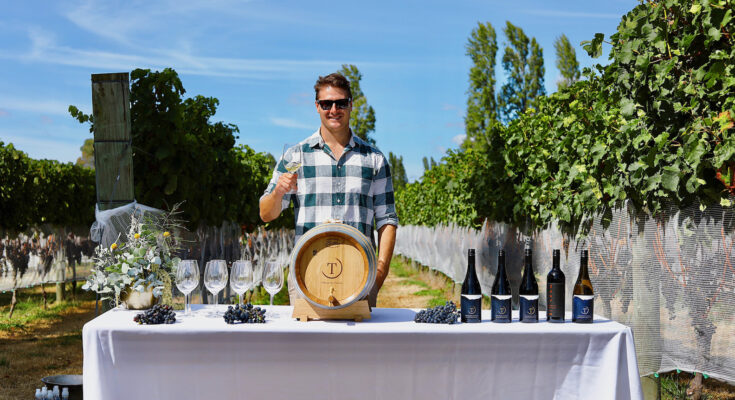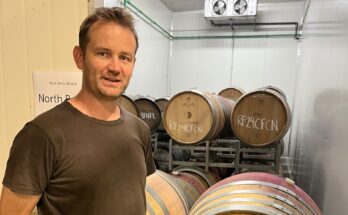Today I’m talking to a young winemaker who I crossed paths with a while ago, making wine for a company I knew next to nothing about. The wines speak for themselves though – with a slew of huge awards, and when i tasted some of the Chardonnay as well, it was pretty clear that this was a label that people should know more about. Reviews are coming in the next week, but for now, here is a quick chat with winemaker, Alex Coldicutt of Takapoto Estate.
What’s the background to the Takapoto Estate label?
Takapoto Estate is a boutique vineyard located on the shores of Lake Karapiro, Waikato. The Estate is also home to an equestrian arena, resident beehives, market garden and Angus cattle.
The Takapoto Estate wine label came about when owners – the Plaw family met local Winemaker Andy Anderson. Andy established the vineyard at the Karapiro, growing Chardonnay and Bordeaux varietals. In addition to the Waikato vineyard, we source Pinot Noir grapes from two world-class vineyards in Central Otago, one in Gibbston and the other in Bannockburn. In 2017 our Single Vineyard ‘Bannockburn’ Pinot Noir 2012 – Takapoto Estate’s maiden vintage, took out the Pinot Noir Trophy at the London International Wine and Spirits Competition (IWSC) and NZ Wine Producer. This was repeated in 2018 with the Single Vineyard ‘Gibbston’ Pinot Noir 2014.
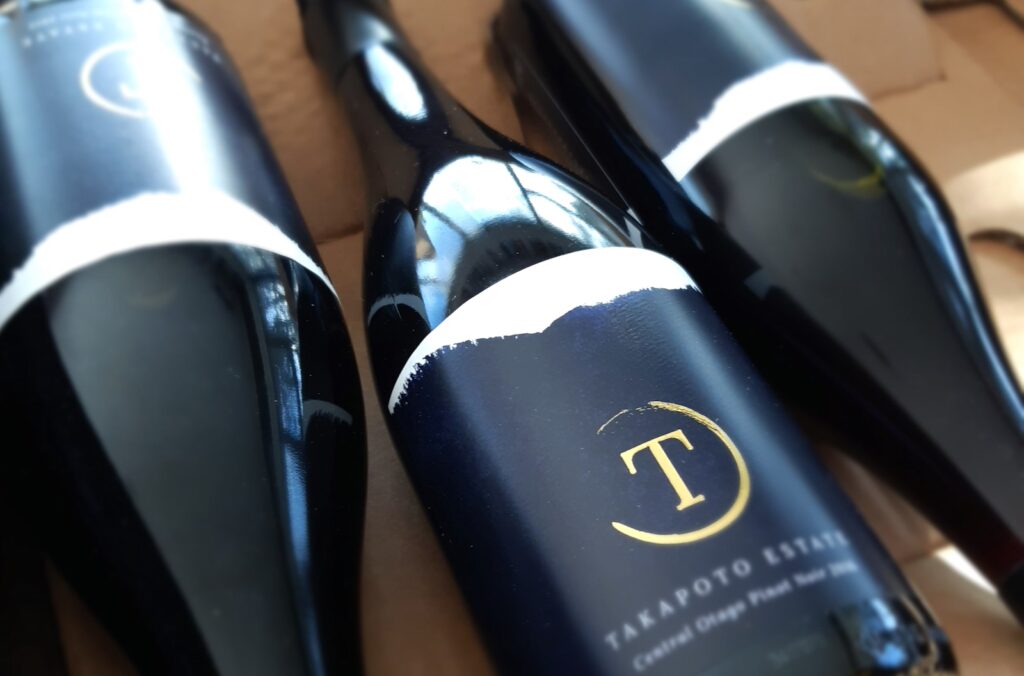
What was your path to there? I started my wine career with Takapoto Estate when I was still in high school, working in the vineyards in my summer breaks alongside Andy. I quickly realized my interest and passion for the industry. I went down to Lincoln University and got my bachelors degree in Viticulture and Oenology. From there I worked vintages in Hunter Valley, Marlborough and Napa Valley. In 2018 I received a call from Andy – he was unwell and asked me to come home to help him out in the Winery as his assistant winemaker. I worked alongside him before he sadly passed away late 2019. I have continued Andy’s legacy with Takapoto Estate since then.
With a few new, smaller labels popping up in New Zealand – do you see a change in the landscape a bit – more diversity, less dominance by big brands?Yes, I think there is a place in the market for these smaller wineries, especially in the premium sector. Small scale, family-owned wineries often have a bit more room for creativity and look for a point of difference. Whether this be winemaking techniques, vineyard location or the varieties used.
How do you approach selling your brand (and wine) – how do you get people to try a wine made in Waikato? How is being outside of one of the ‘established wine regions’? Our wine is sold through wine shops, restaurants and our website. We also hold Equestrian show-jumping, weddings, wine tastings and other events at Takapoto Estate.
We get a lot of local support, and the Crossing Point (Waikato) wines sell well here. When I am showcasing the Waikato wines in other regions, I often let them taste the wine before I tell them where the grapes are grown. They are always shocked and pleasantly surprised. One of the benefits of making wine from Central Otago and Hawke’s Bay, is people are more willing to taste and enjoy these wines, and then give the Waikato wines a punt.
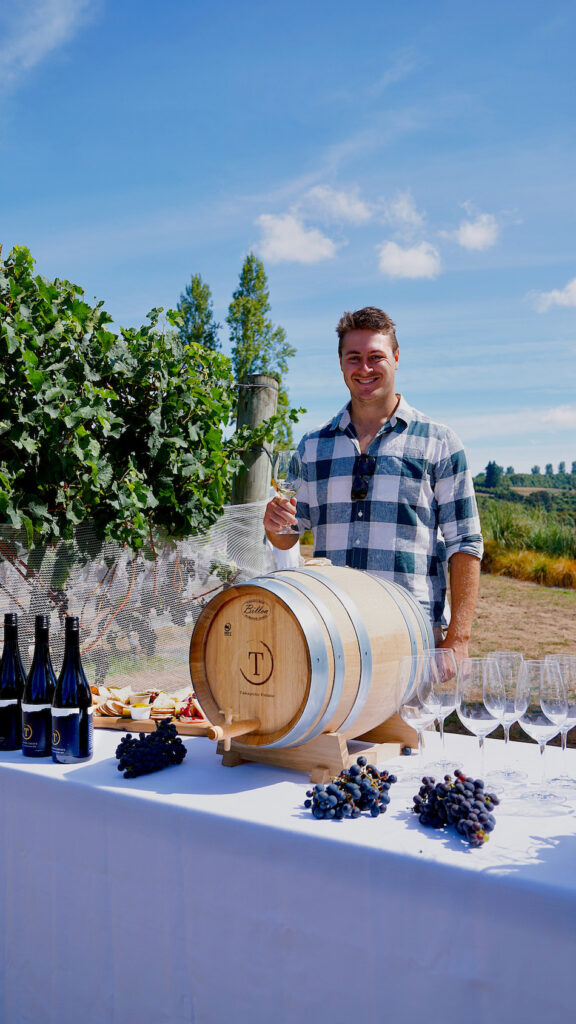
Can you tell me a bit about your winemaking style? The picking decisions are made predominantly from taste, with grape maturity analysis secondary. All grapes are hand-picked and then meticulously sorted once they arrive at the winery.
The Chardonnay is whole-bunch pressed into French oak barrels, a large proportion being new oak, where it undergoes wild fermentation and malo-lactic fermentation.
The Rose is chilled down to 1-2 degrees Celsius and then foot-stomped (punishing on the feet). It is then whole bunch pressed to tank and fermented cool to preserve its floral aromatics.
When it comes to the Pinot Noir, these are hand-picked in their separate clones and delivered to the winery in refrigerated trucks, this allows some cold-soaking to take place and arrive in pristine condition. These are mostly de-stemmed into maximum 1 tonne fermenters, although I am now experimenting with some whole-cluster portions, if the stems are ripe. The grapes gradually heat up, kicking into ferment themselves with the yeasts naturally occurring on the grapes and around the winery. The ferments are monitored closely and the cap is wet and mixed gently with pump-overs or punch-downs as needed. After fermentation the fermenters are sealed to further extract colour, tannin and flavour. These are tasted daily and pressed on a case by case basis when the tannins have developed and softened. The clones/ferments are paired with oak that will compliment the fruit, again with a decent proportion being new oak. If the vintage makes the grade, a single vineyard is made from Legends Terrace, Bannockburn and Brennan, Gibbston after rigorous blending trials. The remaining barrels make up ‘The Blend’ Pinot Noir.
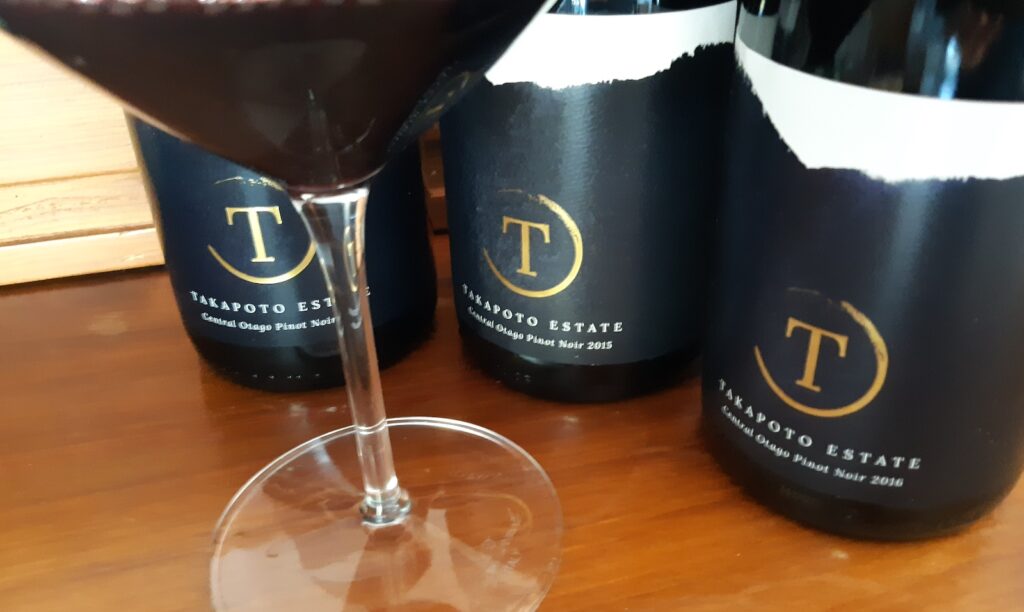
What is it about wine that brings you the most joy? For me a wine is a moment in time captured in a bottle, much like a photograph. It captures the vintage, seasonal characteristics, wine-maker influence and holds onto them. For wines that I have had a part in crafting, I get to reminisce when I open a bottle. For other wines, I get to have a look into someone else’s ‘photo-album’ and share that moment, even if it was in some special cases, before I was born.
Also, wine is made to be shared, usually with good company, this brings me a lot of joy.
Is there a moment in the winemaking year where you just ‘get a feeling’ for what’s going on / going to happen? Vintage is the most exciting time in the winemaking season. You can tell a lot from the fruit that comes in the door, important decisions are made at this stage.
Can you tell me a bit more about the vineyards you are using ? Soil, clones etc? The two vineyards in Central Otago that supply Takapoto Estate Pinot Noir are Legend’s Terrace – Bannockburn and Brennan- Gibbston.
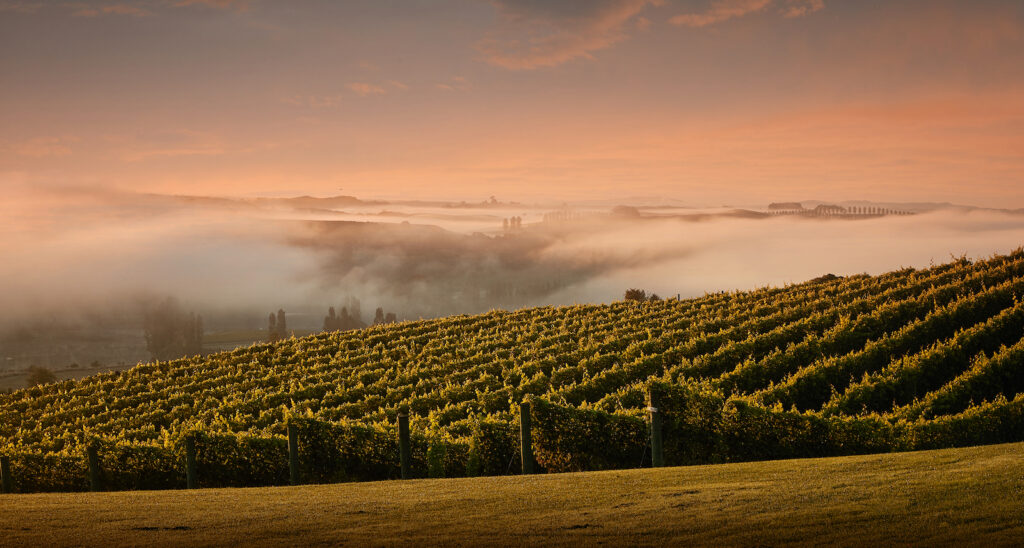
Legend’s Terrace is planted over 19th century goldmines on Felton Road. This low-yielding vineyard has layers of loess, fans of clay and silt over schist rock and gravel. Clones are 667, Clone 5, Abel and some newly panted 777 coming through. Bannockburn is a very warm and dry sub region, producing complex, structured Pinots with spice, and dark fruits.
Brennan is located in Gibbston, Central Otago’s most elevated sub-region at approximately 350m above sea level. This vineyard has heavy silty loam over schist rocks and river gravels. Typically these wines have red fruit, violets flowers, dried herbs, bright acidity and some gamey characters. A range of Pinot Noir clones are grown here; 115, 10/5, 667, 777, Abel and Clone 5. Takapoto takes some of each, resulting in a complex blend. We used to source our Gibbston Pinot Noir from Cox’s Vineyard, which neighbors Brennan.
The Crossing Point vineyard is located next to Lake Karapiro in the Waikato. This vineyard has three blocks, one planted with Chardonnay- Mendoza and CL95 as well as Pinotage. This block has around 20mm of topsoil above a deep clay loam.
The second block is planted with Cabernet Franc, again the soil has 200mm of topsoil over a clay loam and eventually limestone.
The third and largest block is planted on a peninsula onto lake Karapiro. Here is planted Merlot, Malbec and Cabernet Sauvignon. There is a thin layer of around 100mm topsoil above sand and some alluvial gravel.
If you plan to make other wines, what would they be? I would like to make a Method Traditionnelle… watch this space.
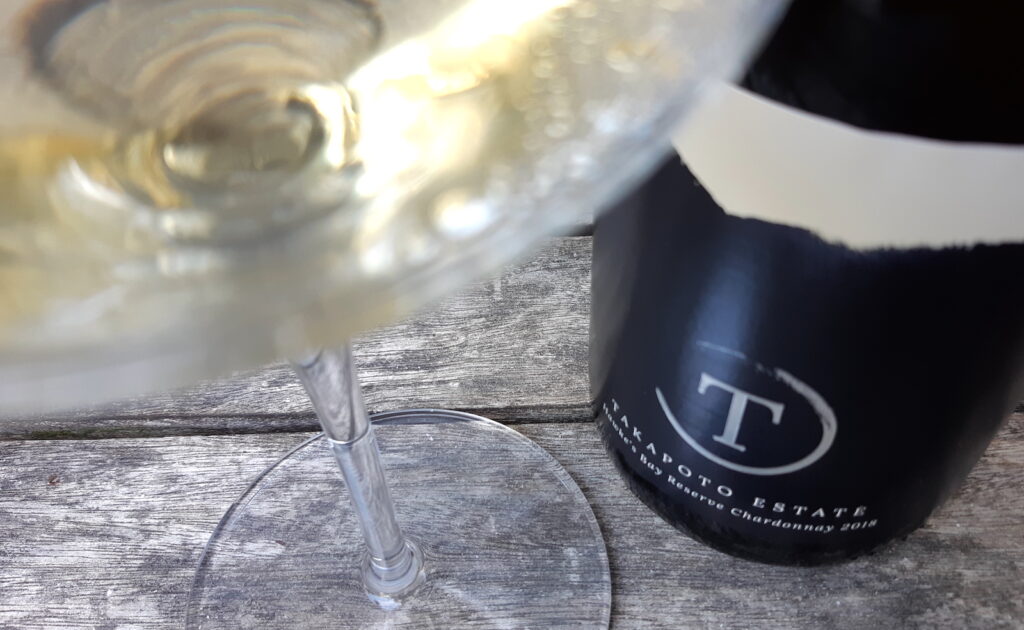
Who would you most like to share a glass of your wine with (and why)? If I could share a wine with anyone, it would be Andy Anderson, the first winemaker for Takapoto Estate.
I would love to hear his feedback on where I am going with the wines in recent vintages. Also, to cheers, reminisce and have a laugh.

